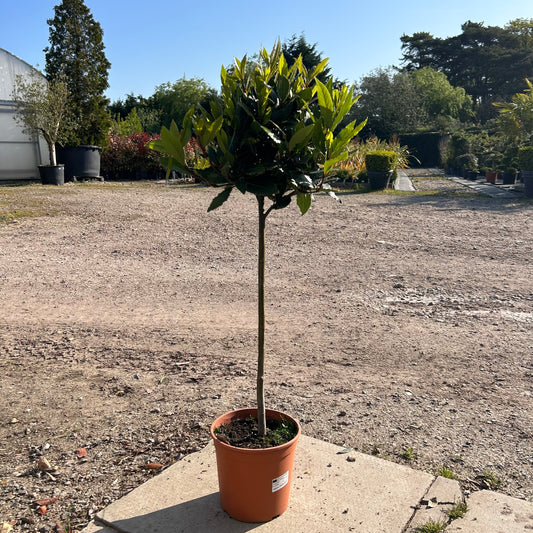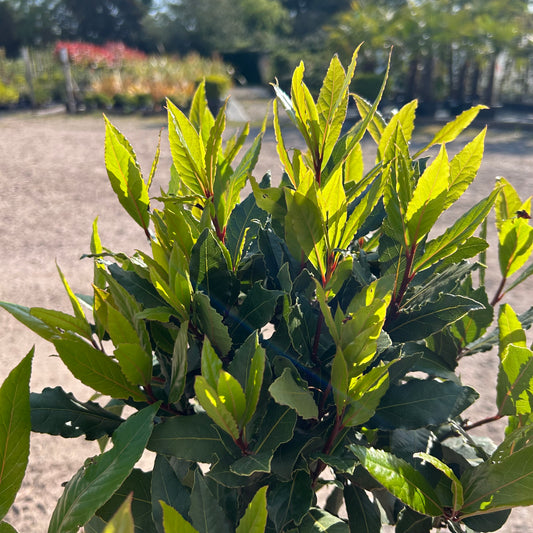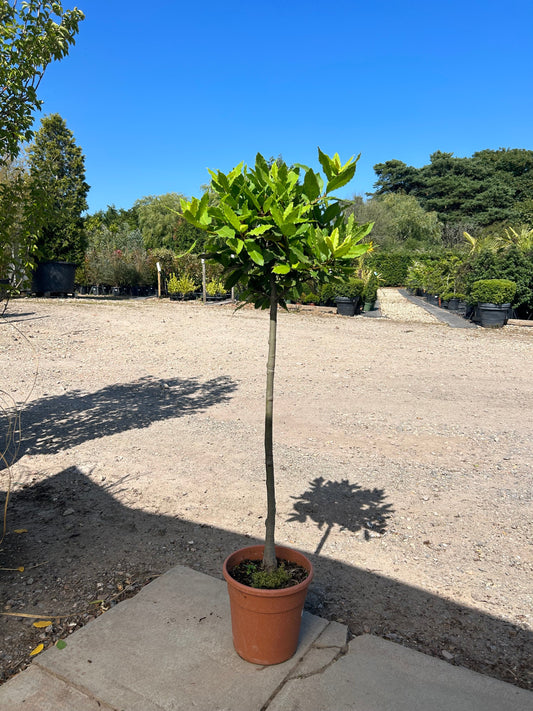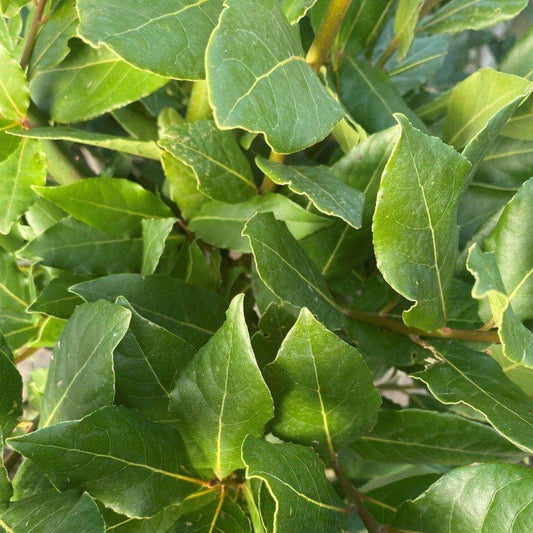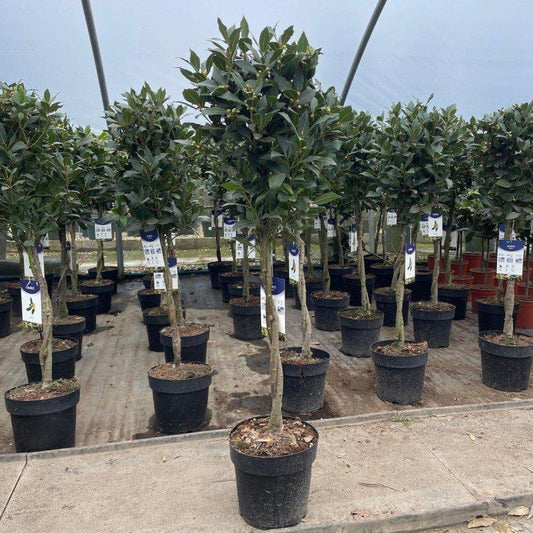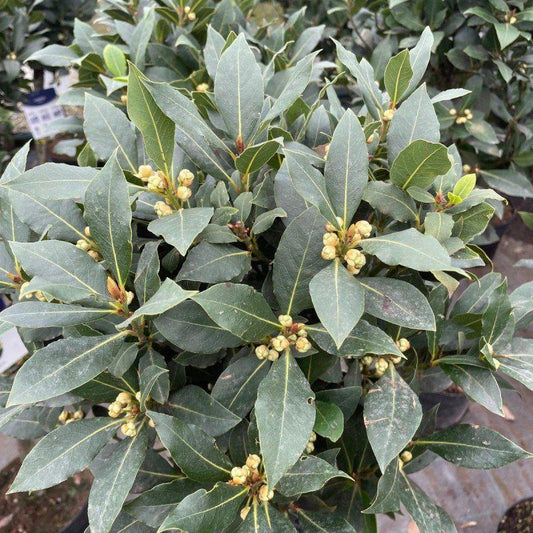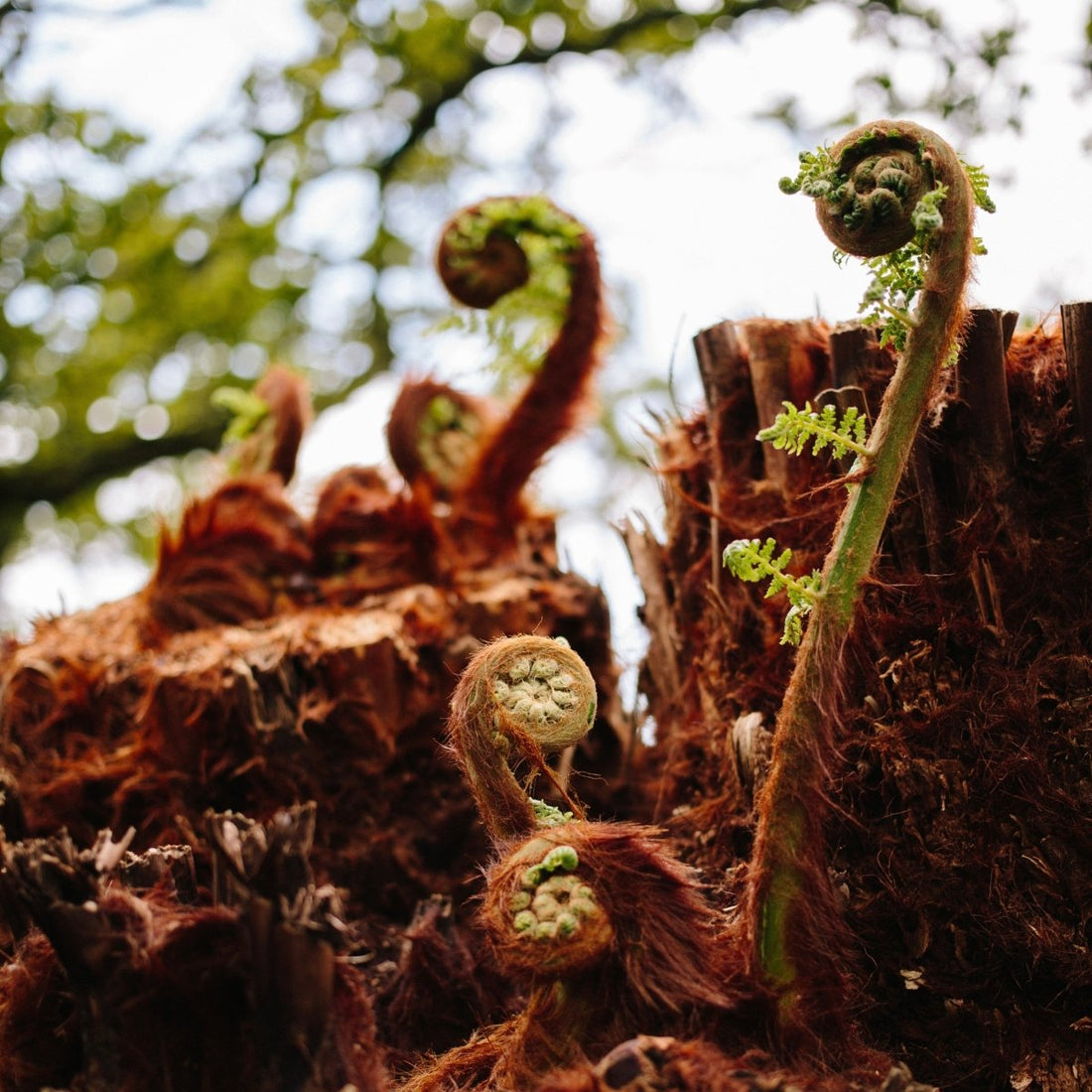The Beauty of Tree Ferns: Effective Care for Dicksonia antarctica in a British Climate 2025
Tree ferns, particularly Dicksonia antarctica, are stunning additions to gardens in the British climate.
These hardy ferns, native to Australia and Tasmania, thrive beautifully when given the right conditions and care.
With their lush, feathery fronds reaching up to three metres long, they can transform any outdoor space into a tropical paradise, even in cooler regions.
Caring for these unique plants involves understanding their needs, from proper planting to consistent watering.
With the right location and attentive maintenance, Dicksonia antarctica can flourish and become a striking focal point in any garden.
This article will explore how to cultivate these remarkable ferns, ensuring they thrive in British weather while maintaining their stunning appeal.
Key Takeaways
- Dicksonia antarctica thrives in moist, well-draining soil.
- Regular watering and feeding are essential for healthy growth.
- Tree ferns benefit from protection during harsh winter conditions.
Planting and Location
Finding the ideal planting location for Dicksonia antarctica is crucial for its health and growth. This section will cover how to choose the right site and prepare the soil effectively.
Choosing the Right Site
Dicksonia antarctica thrives best in a spot that offers dappled shade. It should not be exposed to direct sunlight for extended periods, as this can scorch the fronds.
A sheltered area helps protect it from harsh winds. They prefer moist, well-drained soil, so consider locations near water sources or areas that retain humidity.
Inspect the area for existing trees or taller plants, which can provide the necessary shade while contributing to a rich ecosystem of organic matter. This mix of factors ensures the ideal environment for tree ferns to flourish.
Soil Preparation and Planting
Preparing the soil is vital for the success of Dicksonia antarctica. The soil should be rich in organic matter, which can be achieved by mixing in compost or well-rotted manure. This addition helps retain moisture and provides essential nutrients.
Ensure that the soil is moist before planting.
Dig a hole that is twice the size of the plant's root ball to give it space to grow. Carefully position the fern so the top of its root ball is level with the surrounding soil.
After planting, apply a layer of mulch to help maintain moisture and suppress weeds.
Regularly check the soil's moisture level, as it should remain consistently damp but not waterlogged. This preparation sets up the tree fern for healthy growth in its new home.
Watering and Feeding
Caring for Dicksonia antarctica requires attention to its watering and feeding needs. These factors are crucial for fostering healthy growth and maintaining the beauty of tree ferns.
Hydration Requirements
Tree ferns thrive in conditions of consistent moisture. They prefer well-draining soil that retains some humidity without becoming waterlogged.
Frequent watering is essential, particularly during the growing season, which spans from spring to summer.
It's important to water deeply, soaking the base of the trunk without allowing standing water to accumulate.
During dry spells, misting the fronds can also help maintain humidity levels.
Checking the soil moisture regularly will guide watering; it should be moist but not soggy. Keeping the root area hydrated supports overall plant health and vibrant frond growth.
Nutritional Needs
Feeding Dicksonia antarctica enhances its growth and vitality.
During the growing season, applying a balanced liquid fertiliser once a month provides essential nutrients. Alternatively, a slow-release fertiliser can be used at the beginning of spring for extended nourishment.
When using fertiliser, it’s crucial to dilute it to avoid burning the roots.
In the first year, focus on watering rather than feeding to encourage root establishment. As the plant matures, maintaining a feeding schedule during spring and summer will promote lush foliage and strong growth.
Maintenance and Care
Caring for Dicksonia antarctica requires specific attention to several factors, including pruning, winter protection, and managing wind exposure. With proper maintenance, these tree ferns can thrive even in the British climate.
Pruning and Grooming
Pruning is crucial for the health of tree ferns. Regularly removing damaged fronds helps the plant direct energy to new growth. Cutting away any dead or brown fronds encourages healthier, more vigorous foliage.
Grooming should be minimal; excessive cutting can harm the plant. Shears should be clean and sharp to make smooth cuts.
Focusing on areas where fronds meet the trunk can promote better air circulation and prevent rot.
A light mulch of well-rotted compost around the base can also support healthy growth. This adds nutrients while keeping the soil moist, especially during dry spells.
Winter Protection
Winter protection is essential for Dicksonia antarctica to survive the cold months.
A simple method involves wrapping the plant in horticultural fleece. This helps insulate it from frost and freezing temperatures.
In severe winters, covering the base with a thick layer of mulch can protect the roots. Ensure that the mulch is not piled against the trunk to prevent decay.
It is important to monitor the plant before the first frost. If there is a forecast of severe weather, extra precautions should be taken. Such actions can prevent damage to the fronds and support overall health.
Managing Wind Exposure
Wind can pose a significant risk to tree ferns. They thrive best in full shade but can be vulnerable in open areas.
Positioning the plant near windbreaks, such as fences or taller plants, can help shield it from harsh gusts.
Regularly checking the fronds for signs of wind damage is advisable. If fronds are ragged or torn, this may indicate exposure to strong winds.
Supporting the plant with stakes may be necessary if it faces frequent wind conditions. This helps maintain its upright position and encourages stable growth. Regular monitoring ensures optimal health for the fern in its environment.
Propagation and Companions
Tree ferns, particularly Dicksonia antarctica, can be propagated using spores, which requires careful attention. Choosing the right companion plants also enhances their beauty and health in the garden. This section covers both methods.
Cultivating from Spores
Propagating Dicksonia antarctica from spores is a rewarding experience. Spores can be collected from mature ferns during their spore release period. This typically occurs in late summer or early autumn.
- Preparation: Choose a clean, shallow tray filled with a mixture of peat and perlite for good drainage.
- Sowing: Sprinkle the spores evenly across the surface and mist lightly with water. Do not cover the spores, as they need light to germinate.
- Environment: Keep the tray in a warm, humid environment, ideally between 15-25°C.
It may take several months for spores to germinate. Once seedlings develop a few true leaves, they can be gently transplanted into individual pots.
Selecting Companion Plants
Choosing the right companions for soft tree ferns enhances both aesthetics and plant health. Here are a few suitable options:
- Lady Ferns (Athyrium filix-femina): Their delicate fronds complement the lush appearance of tree ferns.
- Hostas: These shade-loving plants add variety with their colourful foliage and thrive in similar conditions.
- Heucheras: The vibrant leaves of Heucheras contrast beautifully with the green fronds of Dicksonia antarctica.
When selecting companions, consider their moisture and light requirements. Most companion plants should thrive in dappled sunlight or partial shade to match the tree fern’s natural habitat. Combining these plants creates a diverse and attractive garden space that mirrors the lush environments of cloud forests.
Frequently Asked Questions
Tree ferns like Dicksonia antarctica have specific care needs, especially in the variable British climate. Understanding these needs can help maintain their health and beauty.
How should one care for Dicksonia antarctica during the colder months in Britain?
During colder months, it is crucial to protect the growing point of the tree fern. Wrapping it with straw or dry leaves can shield it from frost.
Additionally, tying up the leaves can help prevent damage from heavy snow.
What are the essential requirements for growing tree ferns in containers within the UK environment?
When growing Dicksonia antarctica in containers, it is important to use a large pot with good drainage.
The potting mix should contain compost and perlite to ensure proper aeration.
Keeping the soil consistently moist is essential, but it should not become waterlogged.
Can Dicksonia antarctica survive the outdoor conditions across the UK, and if so, how can this be ensured?
Yes, Dicksonia antarctica can survive outdoors in the UK. To ensure its survival, select a partially shaded location and protect it from strong winds.
Mulching around the base can help retain moisture and provide insulation in colder temperatures.
What are the signs of common issues affecting tree ferns, and how might one address them?
Common issues include browning fronds, which may indicate insufficient water or light. Checking soil moisture regularly can help prevent this.
Pests like scale and mealybugs should be treated with insecticidal soap for effective control.
At what stage and under what circumstances is it appropriate to reposition a tree fern in the UK?
Repositioning should occur in spring when growth begins. It is best to move young ferns that are still establishing themselves.
If a fern is not thriving in its current location, moving it to a spot with better light or moisture may be beneficial.
Does Dicksonia antarctica require a special type of fertilisation, and what feeding schedule is recommended?
Dicksonia antarctica benefits from a balanced liquid fertiliser during the growing season. Feeding is recommended every four to six weeks from spring to early autumn.
Avoid fertilising in winter, as the plant is dormant during this time.


